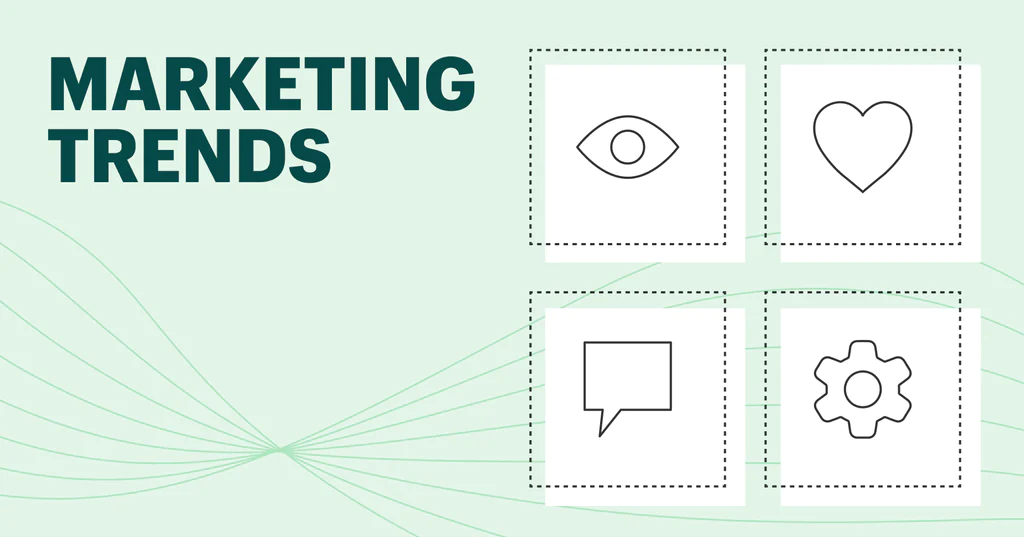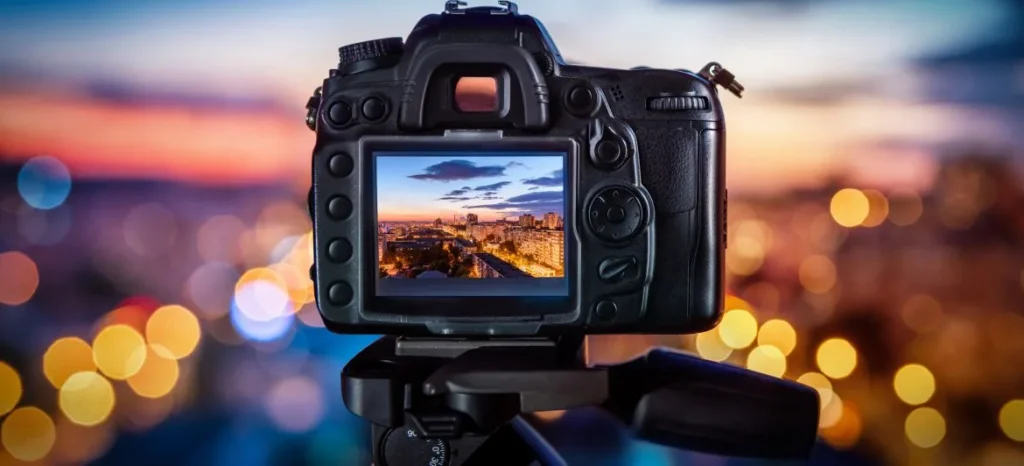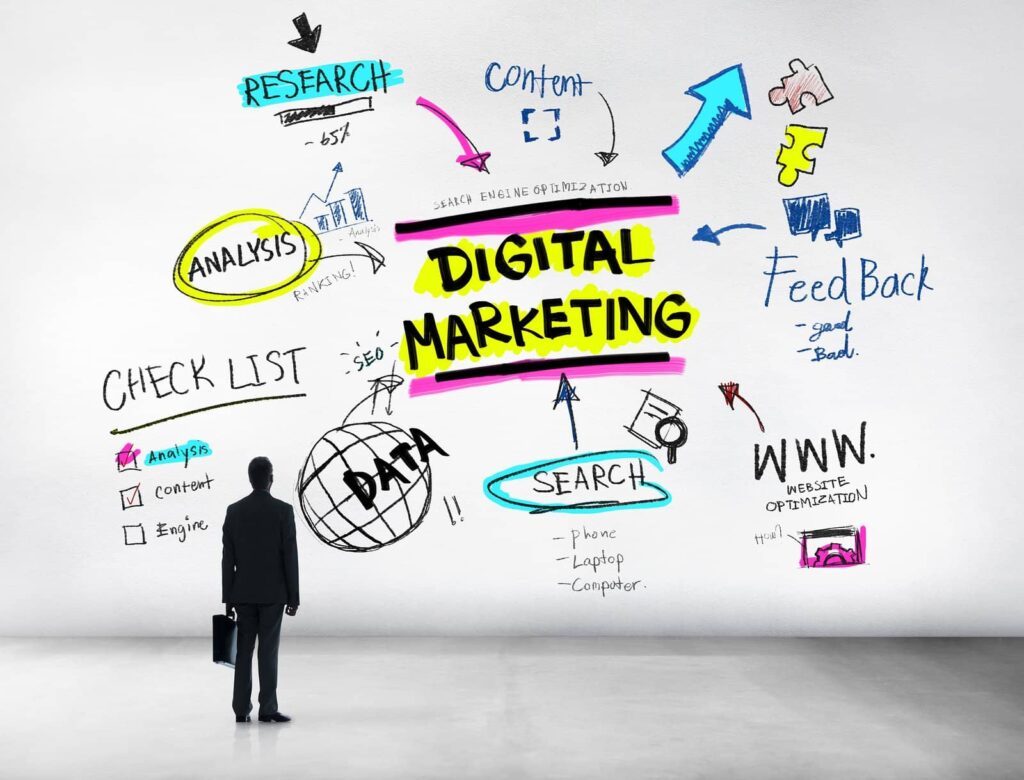The 7 key trends in digital marketing for 2023
- Social Impact Strategies
Brands taking a stand on their values isn’t new, but prioritizing their impact strategies are key trends in digital marketing.
It’s not just about reacting to disasters or socio-political events. Consumers want brands to show initiative authentically and thoughtfully, focusing on the values they stand for.
In terms of key digital marketing trends, integrating social causes into your brand’s overall mission isn’t just a “trend” but a natural outcome of what it means to be a value-driven brand today. Your social content, graphics, email topics, everything should be influenced by your social impact strategy and integrated into it.

- Youth-Centered Marketing
Generation Z isn’t just the next generation of consumers. They are the current generation. With a purchasing power of $143 billion, they accounted for over 40% of American consumers in 2021.
Beyond their impressive power, Gen Z is paving the way for how we perceive and interact with brands, largely thanks to youth-dominated platforms like TikTok. Seeing through traditional marketing schemes, they choose to connect only with brands that truly match their interests and communication style. Gen Z wants businesses to be honest, transparent, down-to-earth, and authentic.
A key trend in digital marketing for younger generations is that they don’t like feeling sold to; they want it to be more experiential or imaginative. Young people enjoy short videos with catchy visuals. Softer, video-based campaigns that appeal to their values are the way to go if you’re targeting this market. Define your brand identity based on their tastes. For instance, studies show that in an often frightening world, Gen Z finds hope, motivation, and friendliness in bright colors.
It’s not just about slapping neon graffiti on your marketing materials… Developing a brand persona that truly resonates with younger generations is more than a trend in 2023; it’s the beginning of how all brands should position themselves. Whether it’s the bright, colorful aesthetic that appeals most to Gen Z, or the genuine mission and personality these youngsters value above all else.

- Authentic and Humanized Content
Gen Z isn’t the only one wanting a deeper connection with brands. Given recent global events, almost everyone is seeking some relief in their daily lives, including in how we align with brands.
Creating digital content that offers a genuine human personality complete with humor, vulnerability, honesty, and everything we look for in interpersonal relationships is one of the best ways to retain customers in 2023. An effective way to create these connections is to feature characters or mascots throughout your digital marketing, whether in videos, emails, or apps.
Of course, personas must be relevant and authentic to your overall brand. A friendly, relatable face that target customers can identify with is a great way to engage them through your digital marketing.
Ultimately, we’re moving past perfectly curated social media feeds towards a more realistic space. Consumers want to remember that the people behind brands are experiencing the same things they are, in the same world. They want to align with brand personas on a more personal and meaningful level before buying their products or services. For once, society is favoring realism.
- Audio-Centric Marketing, a key trend in digital marketing
As 90% of users consider sound an essential element of the platform experience, they are eight times more likely to remember brand content when distinctive sounds are used. The audio-centric digital marketing strategy is behind many ads we see online, including how-tos, product showcases, and teasers.
Moreover, an impressive 81% of podcast listeners take action after hearing audio ads in their favorite shows. This “action” can be researching what they heard online, following the brand on social media, or discussing what they heard with others. Allowing podcast hosts to record the ad themselves makes the content feel incredibly authentic to listeners.
Indeed, audio-focused content can genuinely help promote authenticity in advertising. Whether on a podcast or TikTok, hearing the comforting tone and voice of your audience’s favorite influencer describing your product means they’ll be more inclined to believe and trust you as a brand.
So, move away from the overly polished, word-for-word scripts adopted by radio advertisers and give your brand partners real creative freedom.
- Symphonic Ads
In 2019, British start-up AI Music launched the first symphonic ad, using “shape-shifting” technology to allow users to remix songs using artificial intelligence. In other words, the technology automatically adjusted the ad’s background music to match what the user was listening to at that moment.
This might seem like a fad, but Dunkin’ Donuts used this technology in 2021, and their results were quite monumental. They recorded a 238% increase in engagement compared to non-personalized ads in their other campaigns.
The beauty of symphonic advertising is that you, as a brand, don’t choose a single backing track for the content all your users will discover. Instead, you tailor it to match precisely what each individual wants to hear when your ad is played. Incredibly personal, this trend is the real VIP section of digital marketing.
And since it’s proven that using music in ads increases memorability and purchase intent, the only thing better than finding the perfect song for your ad is allowing the ad itself to select a track that will resonate perfectly with your listener.
So, once you’ve gotten past the confusing name and futuristic technicalities of it all, one thing remains true: it works. In fact, studies have shown that audio-only content can have a stronger emotional impact on listeners than video, causing increased changes in heart rate and body temperature.
Users want immersive experiences in the content they interact with, as it helps them develop empathy and connect with the content they’re immersed in. Symphonic ads are immersive because they seamlessly integrate into the content the listener is already engaged with, without pulling them out of their experience like a traditional ad break would. So, the more brands can adapt this feeling to their digital marketing keys, the easier they can reach their audience.
- Audiovisual Product Marketing
Speaking of immersing consumers in ads, exploring audiovisual (AV) technology in your digital marketing strategy is becoming key. In a sea of static images online, brand visuals that engage multiple senses create a more memorable and impressive experience than others. As a brand, you’ll be appreciated by consumers who eagerly anticipate seeing your content.
So how do you integrate AV technology into digital marketing content? With increasingly sophisticated and accessible technologies, consumer expectations are rising. Thus, it’s becoming more common for brands to go the extra mile for key products or limited-edition collaborations.

This means creating immersive, intricate, and interactive mini-sites that users can play with. These sites often rely on gamification, rewarding users as they navigate the site and achieve specific goals or CTAs. In short, by 2023, static digital marketing won’t cut it.
AV technology can also be adopted by brands on a smaller scale. Think of social media filters where users can engage with your product as they browse, like trying on lipstick to see how it looks. Or, you can follow in Meta’s footsteps and think big, creating an entire brand universe for your users to enjoy.
- Realistic Influencer Marketing
Influence marketing isn’t entirely new, but the way brands invest in influencers and collaborate with them to reach their audience is constantly evolving. In 2023, you can expect to see further developments in this field.
TikTok (yes, again) has changed the way social media users perceive each other, providing a platform for anyone to accumulate a significant number of followers (read: influence) without the need for a perfectly curated Instagram feed or consistently creating long-form content as on YouTube. Today, internet users are turning away from heavily paid advertisements by celebrities and highly visible influencers in favor of more authentic and trustworthy sources: other users.
Brands across all industries are turning to micro-influencers to promote their products or services, via Cat Fastoldt on TikTok. In 2023, we anticipate a decline in expensive celebrity endorsements and a rise in the influence of TikTok micro-influencers. Brands are learning that even users with the smallest number of followers can have the greatest impact. As long as their content aligns perfectly with your brand, their followers will trust them and take action.


